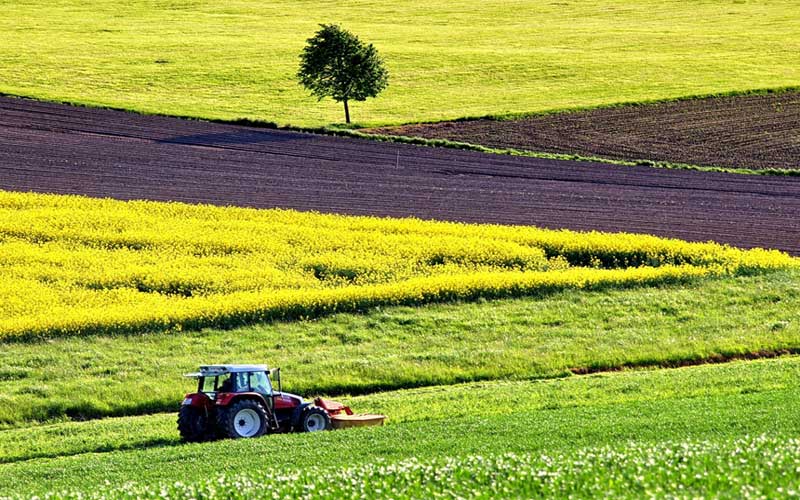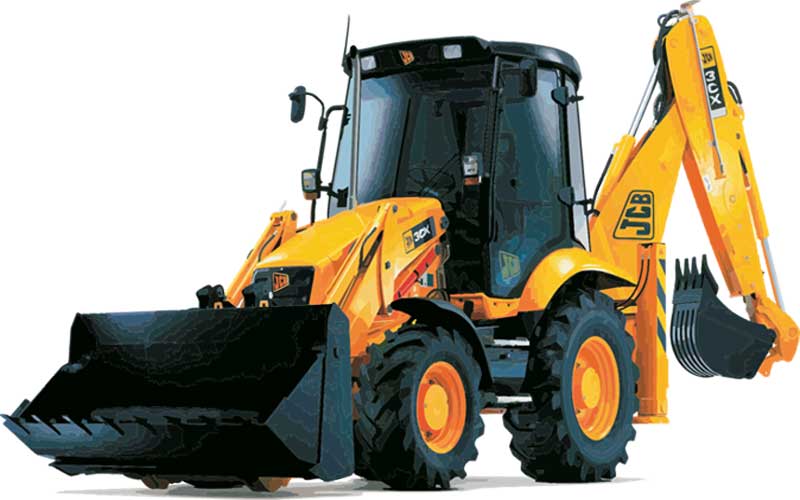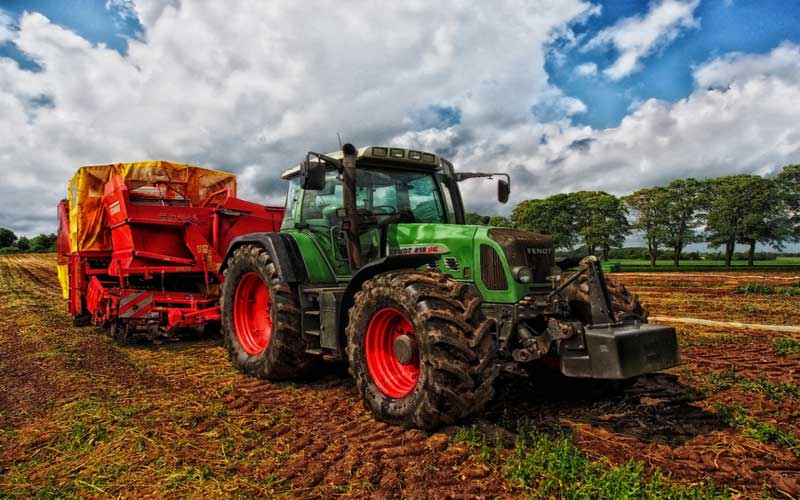When getting a new instrument, no matter the size, the first step is to find out how much it costs. Regarding tractor buying, it is the first decision you must make. The first question you may think you would have to answer is, “how much does a tractor cost?” However, between deciding to buy a tractor and knowing how much you would need to put together, there are a few things you probably don’t know that you have to consider. That’s what this guide attempts to help you with.
Contents
What Determines the Cost of a Tractor?

Knowing which features are worth paying for and which aren’t is crucial for correctly comprehending and evaluating the cost of buying a tractor. Certain factors are responsible for the range of prices you’ll likely get when you check tractor listings online.
Tractor Size and Horsepower
The tractor manufacturing industry separates the various types of tractors produced and marketed into three unique groups based on horsepower. These three segments at e: Under 40 horsepower, 40 – 100 horsepower, and 100 and above horsepower.
Since this is insufficient for accurately measuring the utility of the many tractor kinds available on the market, tractors are also primarily marketed by being divided into one of four types. These are Lawn and Garden Tractors, Compact Tractors, Utility Tractors, and Farm Tractors.
While considering the tractor’s horsepower, each category considers more pragmatic factors like the capacity to install attachments and weight. As a cost element, the cost of a tractor increases with its category.
1. Lawn and Garden Tractors
Tractors for the lawn and garden are the smallest ones available. Weighting between 500 and 1200 lbs., they normally have 25 horsepower or less. This kind of tractor is ideal for tasks including lawn and garden upkeep. The tires’ inability to harm lawns and other landscaping results from their lightweight construction.
This class of tractor’s compact design also makes it the best choice for jobs that call for precise handling within barns and livestock feeding facilities. Tractors of this size, however, will not be adequate for your needs if your needs for a tractor involve the movement or transportation of products.
2. Compact Tractors
All tractors with 25 to 50 horsepower are considered compact tractors. The majority will have 2 to 3-cylinder diesel engine-powered power plants. A compact tractor is usually sufficient for a property of up to 20 acres.
They are perfect for tasks that span wider areas because they are bigger than lawn and garden tractors. Compact tractors have higher ground clearance, which is another difference. Most will have a minimum of 12 inches of ground clearance.
The subcategory of sub-compact tractors is a part of the compact tractor category, which is also sometimes considered a separate category. Between 25 and 35 horsepower compact tractors are included in this subgroup. They will be more compact and lighter, meeting customers’ needs who need a more powerful tractor but may currently be content with a lawn and garden model.
3. Utility Tractors
Powertrains on utility tractors will be capable of producing 50 to 85 horsepower. These vehicles will also have substantially bigger fuel tanks. It’s typical for vehicles in this category to have a gasoline capacity of 20 to 30 gallons (75.71 to 113.56 liters).
The optimum use for utility tractors is on holdings larger than 20 acres (8.09 hectares). With these larger machines, you can employ disc harrows up to 8 feet in diameter per segment. This bigger size can make tilling operations go much faster.
4. Farm Tractors
The remaining tractors that produce between 85 and 450 horsepower fall under the category of farm tractors. These are the tractors that are typically used in industrial farming operations.
Everything about them is bigger, from the fuel tank size to the number of accessories accessible, giving their owners a wider range of adaptable use-case applications.
Farm tractors stand out visually since most types have enclosed cabs for the operator. They’ll have transmissions with more robust construction.
Factor of Use
A new tractor should cost more than an equivalent used one, according to logic. However, you also need to consider accumulated run time, maintenance history, and the amount of depreciation the tractor’s owner takes when considering the new versus used paradigm as a cost component.
You can decide whether a used tractor is valuable by looking at these three factors. For instance, a utility tractor owner that kept their tractor in good working order most likely deducted the vehicle’s worth from their tax obligations over five to eight years. Of course, depending on the accounting and financial regulations in effect where the tractor is located, this period may change. It means that a well-kept tractor that has been entirely financially depreciated by its owner may result in a good price for you, the buyer.
How Much Does A Tractor Cost?
Now let’s get right into it, how much does a tractor cost? A tractor will cost between $1,000 and $300,000 for a used model and between $3,000 and $600,000 for a brand-new one. The unit’s size, horsepower, manufacturer, and the addition of attachments can affect the ultimate cost.
While investing in a tractor for operations that will last for several years is wise, doing so would not be necessary to fulfill the special needs of a single planting season or other short time frames.
A 20-29 horsepower tractor can be rented for $250 per day, and higher-end utility tractors and lower-end agricultural tractors with up to 100 horsepower can be rented for $525 per day. The identical equipment would cost $1,500 and $4,050 per month to rent, respectively.
When is The Best Time to Buy a Tractor?

A tractor is best purchased when there is a large supply or little demand. According to the rules of demand and supply, a commodity’s price will rise when there is a high demand (low supply) for it in the market and fall when there is a low demand (high supply).
One thing to note is that summer demand for tractors and other agricultural equipment typically increases. That’s because summer is traditionally the optimum season for pre-planting and planting, so that people will use more of these devices then. The end of the year is an additional excellent opportunity to purchase tractors. Many firms will want to get rid of the equipment in their stock before the new year’s manufacturing starts.
Conclusion
Contrary to other vehicles, tractors don’t have a comparable resource to the Kelley Blue Book for valuation. The outcomes of recent tractor auctions serve as the finest benchmark for pricing advice on used tractors. As an alternative, you might use pricing data from web resources focused on the used tractor market.
Renting a tractor may be preferable to buying one if your needs for one or more types of tractors are temporary. Remember that the rental rates may vary depending on the season, the area, the model, and other variables.
